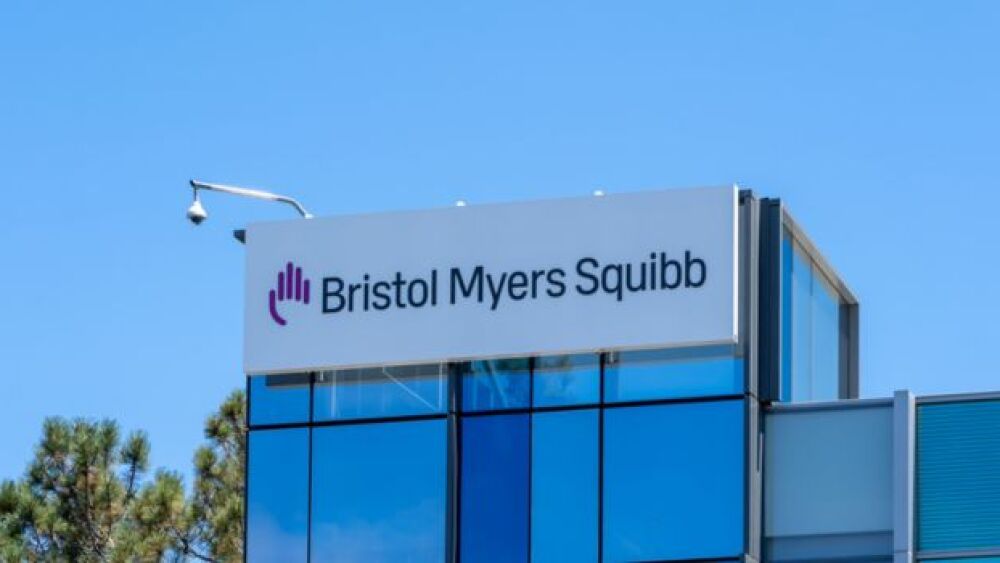The new report* suggests that oncological drug treatments are evolving to involve biologic medication, which, in combination with cytotoxic drugs, is fast-becoming the top pharmaceutical therapy.
The cytotoxic therapies market has eight major indications, namely breast cancer, cervical cancer, colorectal cancer, head and neck cancer, non-Hodgkin lymphoma, non-small cell lung cancer, ovarian cancer and prostate cancer. The average annual cost of therapy for cytotoxic therapies is estimated to decrease moderately over the coming years, to reach an approximate value of $7,660 by 2017. This is predicted to lead to a decrease in overall market value.
Major cytotoxic brands such as Taxotere (docetaxel) by Sanofi and Gemzar (gemcitabine) by Eli Lilly are currently the most commercially successful brands, with Taxotere achieving sales of $1.2 billion in 2011 and Gemzar recording global sales of $452.1m. Other brands such as Alimta (pemetrexed) and Xeloda (capecitabine) have also crossed the billion dollar mark in sales. However, these drugs are set to lose their patent protection in coming years, opening the market up to entry from generics.
However, an increasing acceptance of combinations of cytotoxic medicines with monoclonal antibodies is anticipated to counter the decline on market value caused by the use of generic drugs in the future. The impressive therapeutic capabilities of biologics in controlling and treating oncological complications have led to their widespread use and popularity amongst patients and prescribers alike. This has also convinced pharmaceutical manufacturers to commence label extensions of their present biologics portfolio for multiple oncology complications, even in combination with cytotoxic medicines. This will support the continued development of cytotoxic drugs, despite the major safety hurdles that have previously led to a weak development pipeline.
The cytotoxic therapies market accounted for $6.5 billion in revenue in 2002, before increasing at a compound annual growth rate (CAGR) of 5.8% to reach $10.1 billion in 2010. All factors considered, the value of the market is estimated to decline marginally by 2017.
*Cytotoxic Therapies Market to 2017 – Launch of Next Generation Camptothecin Analogues Will Help Offset Revenue Loss due to Generic Erosion
This report provides insights into the cytotoxic therapies market until 2017 for eight oncology indications: breast cancer, cervical cancer, colorectal cancer, non-Hodgkin lymphoma, head and neck cancer, non-small cell lung cancer, ovarian cancer, and prostate cancer. It examines global oncology disease treatment usage patterns and the geographical distribution of cytotoxic therapies and markets across the US, the top five countries of Europe, and Japan. The report also includes insights into the cytotoxic therapies R&D product pipeline, and explores the competitive landscape, including major players in the cytotoxic therapies market. Finally, it also includes analysis on mergers and acquisitions and licensing agreements that have taken place in the cytotoxic therapies market.
This report is built using data and information sourced from proprietary databases, primary and secondary research, and in-house analysis by GBI Research’s team of industry experts.
-ABOUT GBI RESEARCH-
GBI Research is a market-leading provider of business intelligence reports, offering actionable data and forecasts based on the insights of key industry leaders to ensure you stay up-to-date with the latest emerging trends in your markets.
For more information, please contact our Press Office on +44 (0)1204 543 537 or at pr@gbiresearch.com




